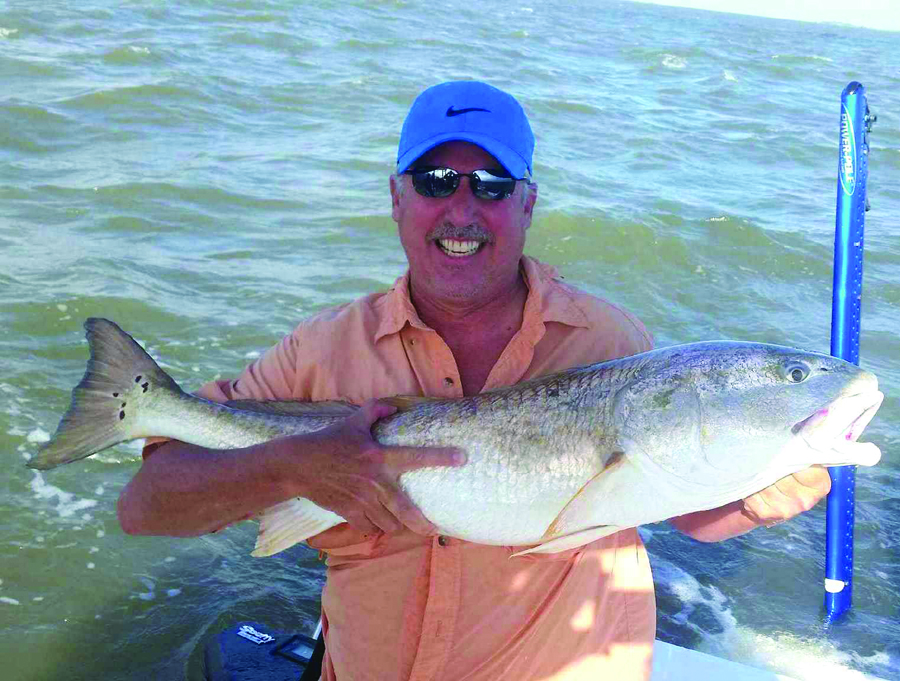By Capt. Cefus McRae,
Nuts & Bolts of Fishing Series
Whenever I begin to think I’ve got a good handle on a particular type of fishing, someone comes along and shows me a rig or a technique that I never knew about. After patching up my bruised ego, I eagerly accept the information and acknowledge there are still lots of things I don’t know about fishing.
Over the years, I’ve had the opportunity to fish with anglers from all over the globe, and I’ve learned something from virtually every one of them. It may have been a simple modification of a tactic I was already familiar with, but their little twist made the difference between catching fish and just fishing. I was able to benefit from their years of fishing experience on that body of water.
They say you can’t teach an old dog new tricks. Not true. I learn something every time I go out on the water. Here’s a few tips I learned from some really smart anglers which might help you as well.
Bait Choices: Don’t imitate…Duplicate. Artificial baits let you cover a lot of water. You can also work a lure at a specific depth and with a specific action, but if you have a good sense of where the gamefish are, it’s hard to beat natural, live baits. Identify the local forage and duplicate that either by purchasing at your local bait shop or by netting/catching it yourself. Yes, it’s usually a slower method, but live bait will normally out-produce artificials. While you’re floating live baits, you can also be pitching your favorite plastic as well.
Let The Conditions Determine Your Presentation: Most of us practice the thought that clear water/bright light conditions means lighter colored baits, and darker water or cloud cover means darker colored baits. Water temperature can also be a factor. As we approach the cold weather months and water temps go down, consider slowing down your presentation. Football jigs, drop-shot rigs and slow-moving deep-diving crankbaits are good choices, but fish them very slowly. The same is true for saltwater species. Cooler water will tend to make gamefish a little lethargic, so work baits slowly and keep them in the strike zone as long as possible. Also consider down-sizing your baits, lures and line. Slow moving baits give your quarry plenty of time to examine, and big leaders or weights can make fish refuse your offerings.
Fish Strategically: Make a game plan before you head out. Use an online charting program like the Navionics web app to determine your fishing locations ahead of time. Look for shallow points or flats where the sun will warm the water quicker. Just a degree or so difference can be a game changer as fish move to the warmer shallows to feed. If you’re fishing a new destination, spend a few minutes at the local tackle store to get the latest contemporary intel on fishing conditions, bait choices, and if you ask nicely they may give you some pointers on the hot spots in the area.
Crank Up The Bite: This tactic turned what could have been a miserable day into a magnificent day. We were stalking redfish in large, dingy-water bay. We knew the reds should be there but just couldn’t locate them. We had soaked baits all morning with no success and had just a few frisky baits left. In a moment of desperation, we decided to crank the big motor and rev it in neutral a couple times. The commotion caused the reds to start breaking the water, which gave away their position, and presented targets for casting. It was a simple tactic that delivered great results and big fish to the boat.
Tight Lines and Calm Seas.
